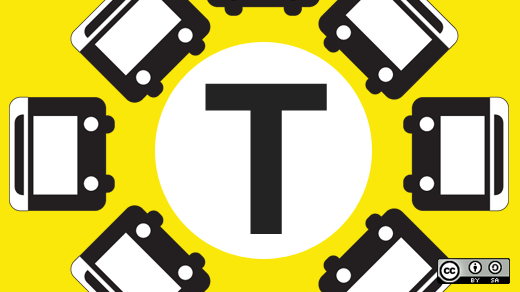I had an "aha moment" recently while reading The Responsive City, a book co-authored by Stephen Goldsmith and Susan Crawford that tells fascinating stories about local and state governments that adopted new technologies as a way to better respond to the needs of citizens.
In the final few pages of the book, Goldsmith and Crawford write:
"Above all, we think it is important that these new developments be understood as tools, not as ends in themselves. ... We must not embrace the use of digital tools for its own sake."
Finally, someone had addressed the elephant in the room.
For all the upward movement in the civic technology space—the Knight Foundation reports that from 2008 to 2012 the civic tech field grew at an annual rate of 23%—much of the technology developed in that same timespan has struggled to gain a widespread foothold. Many chalk it up to government’s unwillingness to change, or its workers’ aversion to technology, or the complex intricacies of the procurement process.
But are those the real reasons?
If you take a holistic look at the civic tech space, much of the emphasis is about putting enough pressure on government to bend to the public’s demand for technology, focusing so much on opening data sets, holding hackathons, and changing the citizen experience first, with little forethought given to how the internal government process will need to change or adapt to support a new technology.
Take, for instance, the explosion of government organizations that have hosted civic hackathons over the last five years, where data sets are opened to the public and citizen coders can dig in for a weekend and create an app or software that, in theory, solves a problem (usually focused on government transparency or citizen access to information).
But who is often tasked with maintaining and updating the code after the "hackers" are gone and the appeal of a cash prize no longer brings in talented developers and programmers? The answer: Usually the already busy staff of the government organization that hosted the event.
After the glamour of the event wears off, reality sets in, and what remains is an entirely new piece of technology that needs to be hosted, supported, and maintained. And usually, it is technology that was developed only with the citizen experience in mind and with little attention paid to how internal processes and workflows will need to adapt to support it. So more often than not, the project falls by the wayside.
All too often, governments adopt technology to appease pressure rather than with an open-armed embrace. Thus, much of the civic tech space is ignored, seen as "nice-to-have" or as a checkbox on a list. As ends, rather than tools, as Goldsmith and Crawford warn against.
We can’t just paint the outside of the house, plant new bushes, and water the grass to give government more "curb appeal" as a way to get citizens inside, only to reveal that the interior is like a fun house mirror maze at the carnival, minus the fun.
Said another way: We can’t create a brilliant citizen-facing interface, which then invites the public into an outdated, broken, rigorous, or unable-to-adapt process.
A lack of citizen engagement or a lack of transparency is a symptom of the problem, not the problem itself.
The people I know in government want to do the best that they can for the citizens of their community and would gladly adopt a new technology if it meant they could do their jobs better and more efficiently.
But when citizen input and open data is thrown at a perceived problem, with no direction on how to help government officials analyze that data or how to easily get it in the hands of decision makers (i.e. elected officials) in a way that improves their workload, it creates frustration on both sides.
This is why so few governments allow comments on their Facebook pages. There is no clean way to incorporate that feedback into their processes without added staff time, so many only use it as a billboard.
This is the next and necessary evolution of open data and civic tech, and the real measurement of how to improve civic engagement in total: applying technology to government processes in such a way that the processes improve, decisions are more well-informed, and government staff and officials can more easily do their jobs. Then citizens will be invited into a better experience and have a vastly improved interaction with government. Not the other way around.
No doubt, there is a place for new civic technology to push government out of its comfort zone. But there must also be an understanding that internal processes—procedures put in place more than 100 years ago to protect the public and to reduce biases in decision making, misuse of public funds, and other unscrupulous behaviors—will have to change at the same time
Goldsmith and Crawford close The Responsive City with a few more thought-provoking words that underscore this point.
"The real payoff will come when technology changes legacy processes for good to create truly data-smart and responsive cities."
& Open Data
A collection of articles about the latest in open government and open data.







Comments are closed.